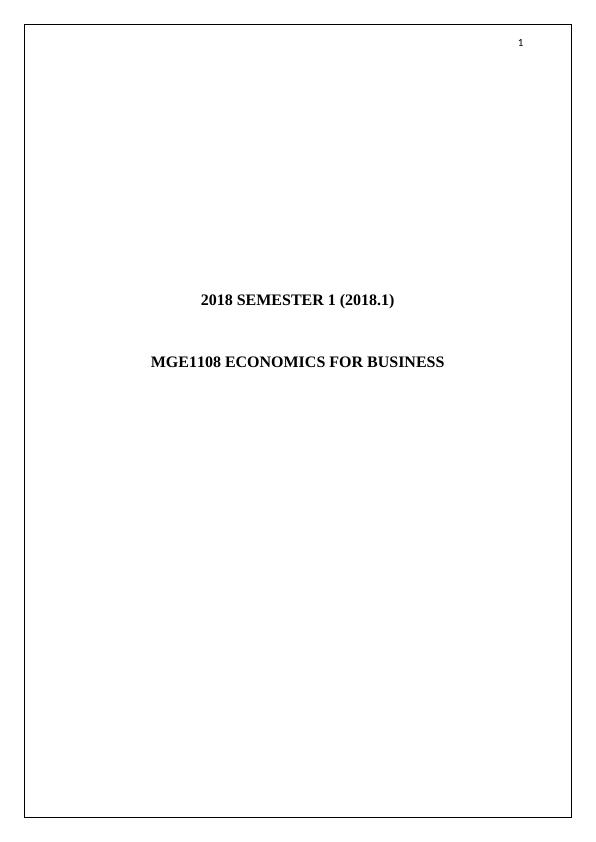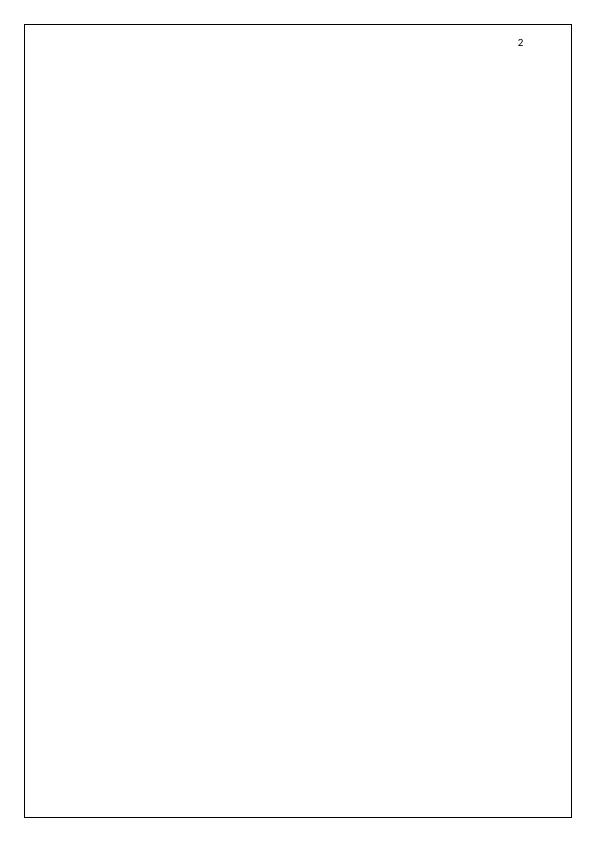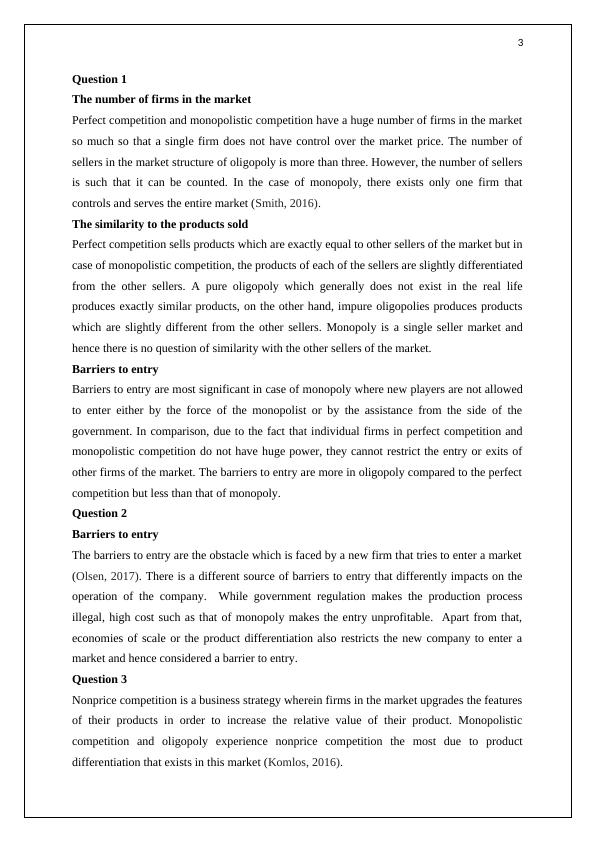Market Structures and Barriers to Entry in Economics
Added on 2023-06-11
6 Pages914 Words443 Views
End of preview
Want to access all the pages? Upload your documents or become a member.
Market Structures and Non-Price Competition in Economics
|5
|1303
|284
Economics Assignment: Market Structures, Non-Price Competition, Mutual Dependence, Kinked Demand Curve
|8
|1536
|170
Economics for Business
|5
|1060
|391
Economics: Market Structures, Game Theory, Price Discrimination
|9
|1145
|69
Market Structure of Retail Industry in Australia
|9
|1867
|256
Tax Benefits to Existing Firm | Assignment
|8
|1227
|85



